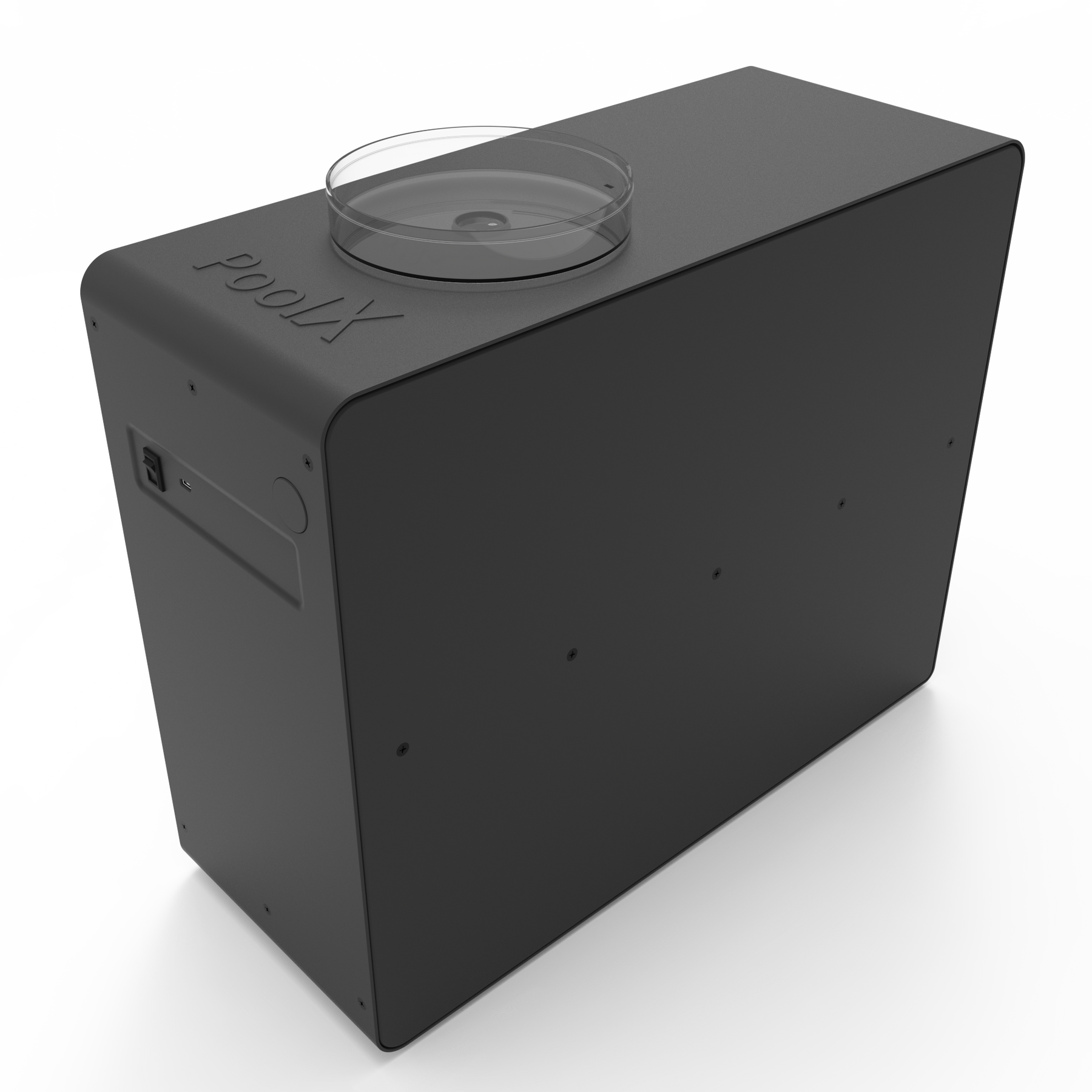Maintaining a pool can be a source of great joy and pride for many homeowners. But sometimes, problems like algaecide foam can mar your pool’s pristine water. Knowing how to get rid of algaecide foam in pool can restore its clarity and keep your pool inviting.
Algaecide is essential for keeping your pool free of algae, but if used incorrectly, it can create foam. The initial presence of foam might seem like a small issue, but if left unchecked, it can become a bigger problem. The good news is that getting rid of algaecide foam is not only possible but quite manageable with the right steps.

Understanding Algaecide Foam
What Is Algaecide Foam?
Algaecide foam occurs when the algaecide added to your pool interacts with organic materials or is overused. The result is an unsightly layer of foam on the pool’s surface that can affect water quality and clarity.
Why Does Algaecide Foam Form?
The primary causes include the overuse of algaecide, the presence of organic materials, and improper pool maintenance. Understanding these causes can help in effectively preventing and treating foam.

Steps to Get Rid of Algaecide Foam in Your Pool
Step 1: Stop Adding Algaecide
The first step is to stop adding algaecide. More algaecide will likely worsen the problem, increasing foam rather than resolving it.
Step 2: Test and Balance Your Pool Water
Ensure your pool water is balanced by testing pH, alkalinity, and calcium hardness. **Balanced water** prevents foam formation and is crucial for effective pool **maintenance**.
Step 3: Use an Anti-Foam Agent
Adding an **anti-foam agent** specifically designed for pools can quickly reduce foam. This product neutralizes the foaming agents, returning your water to its clear state.
Step 4: Clean the Pool Filters
Foam can clog pool filters, making them less effective. **Cleaning** or replacing the filters ensures they function correctly and helps in foam **removal**.
Step 5: Skim and Clean the Pool Surface
Regular **skimming** and cleaning of the pool surface help in removing organic materials that can contribute to foam formation.
Step 6: Monitor and Maintain Proper Pool Chemistry
Maintaining proper **pool chemistry** is essential in preventing foam. Regularly test and adjust the **pH**, **alkalinity**, and other chemical levels to avoid future issues.

Preventive Measures to Avoid Algaecide Foam
Use Algaecides Sparingly
Only use the recommended dose of **algaecides** to prevent foam. Overusing these chemicals often leads to foam issues.
Regular Pool Maintenance
Regular maintenance, including cleaning the pool and checking chemical levels, is key to preventing foam and other pool issues.
Proper Water Filtration
Ensure your pools filtration system is working well. Regular checks and **maintenance** of your **filtration system** can significantly reduce foam formation.
Consider Alternative Algae Treatments
There are other **algae treatments** available, such as non-foaming algaecides. Consider these alternatives to prevent foam from forming.
Common Mistakes to Avoid
Overusing Chemicals
Avoid the temptation to overuse pool chemicals, including algaecides. More is not always better and can often lead to problems like foam.
Ignoring Pool Maintenance
Regular maintenance is crucial. Ignoring it will not only lead to foam but can cause other potentially harmful issues in your pool.
FAQs
How long does it take for algaecide foam to disappear?
It usually takes a few hours to a couple of days for algaecide foam to disappear, depending on the severity of the foam and the measures taken to address it.
Can I swim in a pool with algaecide foam?
Swimming in a pool with mild foam is usually safe, but it can be unappealing. It’s best to treat the foam before swimming.
Do I have to drain my pool to get rid of the foam?
No, draining the pool is not necessary. The foam can be treated with anti-foam agents and by balancing the water chemistry.
As an Amazon Associate, I earn from qualifying purchases.
As an Amazon Associate, I earn from qualifying purchases.

